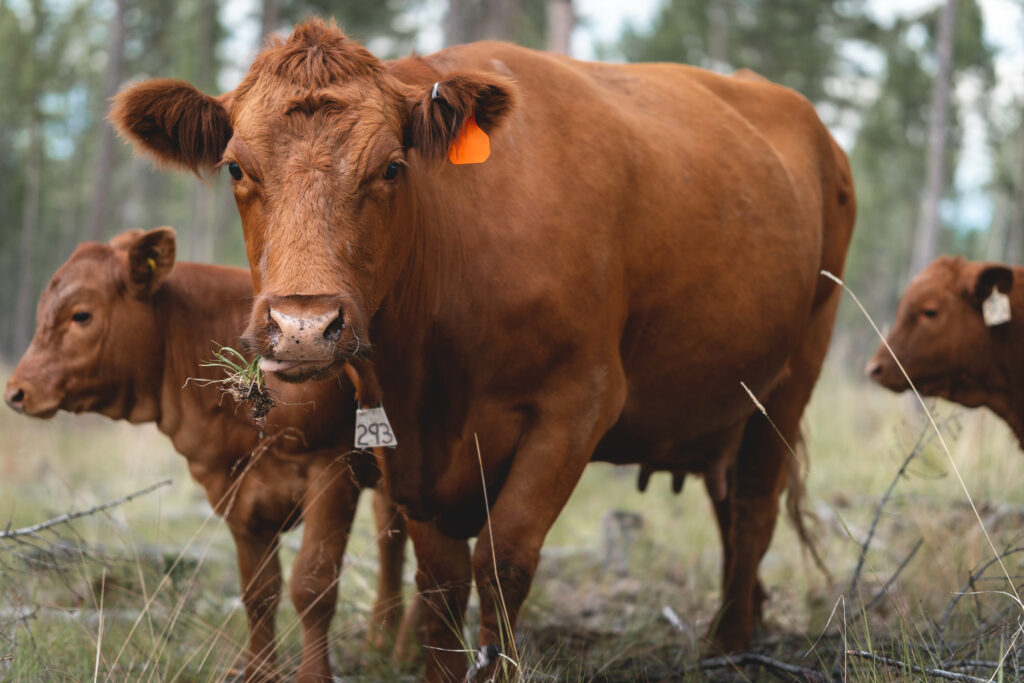Linda Poole
NCAT Regenerative Grazing Specialist
After another catastrophic fire season in the West, more people than ever before are seeking ways to reduce extreme fire behavior and prevent fires from taking out towns. Here in Montana last week, wind-driven fire wiped out much of the town of Denton, Montana:

The fire raced forward largely on the fuel of kochia - a weed that thrives in drought and is relished by livestock:
So what could be done to decrease fire threat near towns by using targeted grazing by livestock? In British Columbia, cows are the new wildfire prevention crew:

 thenarwhal.ca
thenarwhal.ca
How Denton firefighters saved the town from a catastrophic blaze
Grass fires are common in central Montana, but gale force winds and severe drought combined to make Montana's West Wind Fire an unstoppable monster.
www.greatfallstribune.com
The fire raced forward largely on the fuel of kochia - a weed that thrives in drought and is relished by livestock:
"With the drought season we've had, we had a severe amount of Kochia," Saisbury noted.
Kochia is a bushy wild shrub that proliferates during drought conditions. It's a serious concern for wildland fire management because it burns readily and will break off at the stem creating a rolling fireball. In the southwestern United States Kochia is sometimes referred to as "Mexican fire brush" or simply "burning bush."
"That stuff catches fire and it just tumbles," Saisbury said. "The wind catches it and It's like a game of hopscotch or leapfrog."
So what could be done to decrease fire threat near towns by using targeted grazing by livestock? In British Columbia, cows are the new wildfire prevention crew:

Meet B.C.’s new wildfire crew: cows | The Narwhal
Ranchers and researchers have teamed up to use targeted grazing to reduce one source of forest fire fuel: grass





